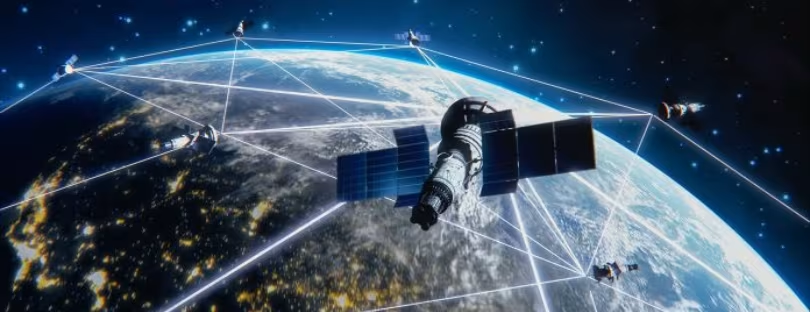
What is the future of telecommunications?
The telecommunications industry is constantly evolving, and it is difficult to predict what the future holds.
However, there are a number of trends that are emerging that are likely to shape the telecommunications industry in the years to come.
Here are some of the key trends that are expected to shape the future of telecommunications:
The growth of 5G:
- 5G is the next generation of cellular network technology, and it is expected to have a major impact on the telecommunications industry. 5G offers much faster speeds and lower latency than 4G LTE, making it ideal for streaming video, gaming, and other bandwidth-intensive applications. 5G is still in its early stages of deployment, but it is expected to become widespread in the coming years.
The rise of artificial intelligence (AI):
- AI is being used in a variety of ways in the telecommunications industry, such as to improve customer service, optimize network performance, and develop new products and services. For example, AI-powered chatbots can answer customer questions 24/7, and AI-powered analytics can be used to identify and fix network problems before they impact customers.
The continued growth of the Internet of Things (IoT):
- The IoT refers to the network of physical objects that are connected to the Internet. These objects can collect and exchange data, which can be used to improve efficiency, safety, and productivity. For example, IoT sensors can be used to monitor equipment in industrial settings, and IoT devices can be used to track the location of assets.
The development of new wireless technologies:
- In addition to 5G, there are a number of other new wireless technologies that are being developed, such as millimeter wave (mmWave) and terahertz (THz) communications. These technologies offer even faster speeds and lower latency than 5G, and they are expected to be used for applications such as virtual reality (VR) and augmented reality (AR).
The increasing demand for security:
- As more and more personal and business data is transmitted over telecommunications networks, the demand for security is increasing. Telecommunications providers are investing in new security technologies to protect their networks and their customers.
These are just a few of the key trends that are expected to shape the future of telecommunications. The telecommunications industry is constantly changing, so it is important to stay up-to-date on the latest trends in order to stay ahead of the competition.
Here are some additional thoughts on the future of telecommunications:
- Telecommunications will become increasingly integrated with other technologies, such as artificial intelligence, the Internet of Things, and virtual reality. This will create new opportunities for businesses and consumers, but it will also pose new challenges for telecommunications providers.
- Telecommunications providers will need to focus on providing reliable, secure, and affordable services. They will also need to be innovative and agile in order to keep up with the latest trends.
The future of telecommunications is bright. The industry is poised for growth, and there are many opportunities for businesses and consumers. Telecommunications providers that are able to adapt to the changing landscape will be well-positioned for success.













